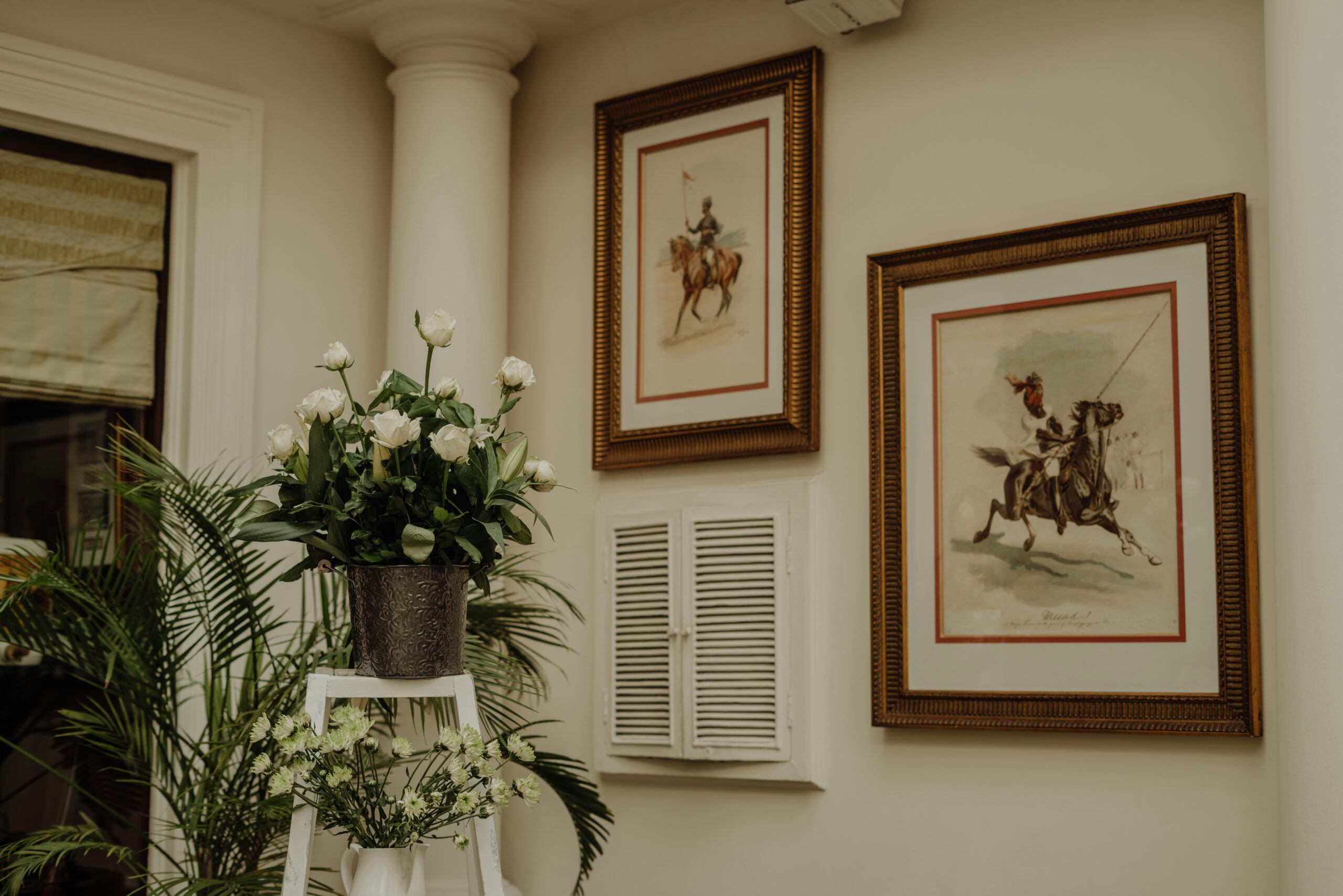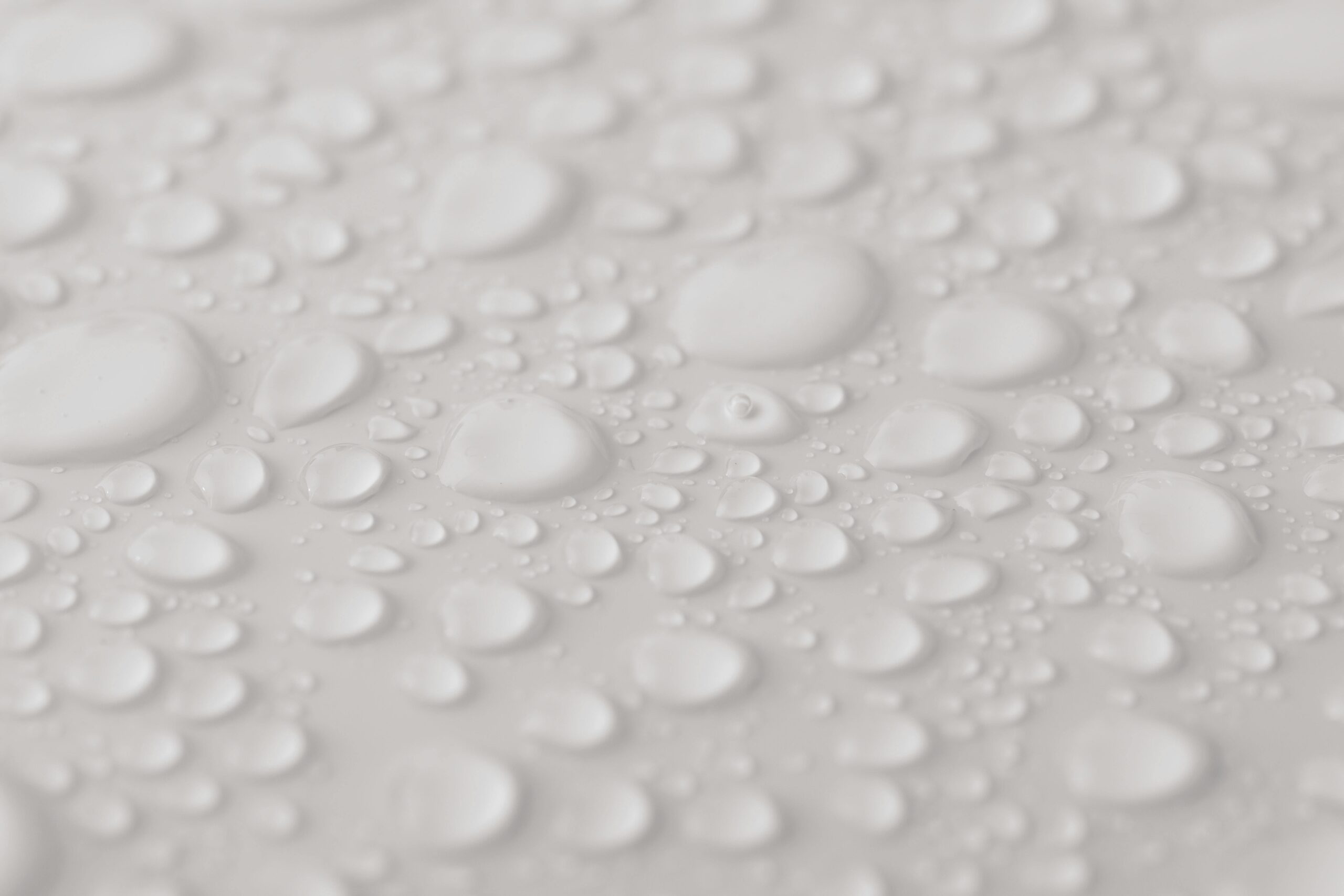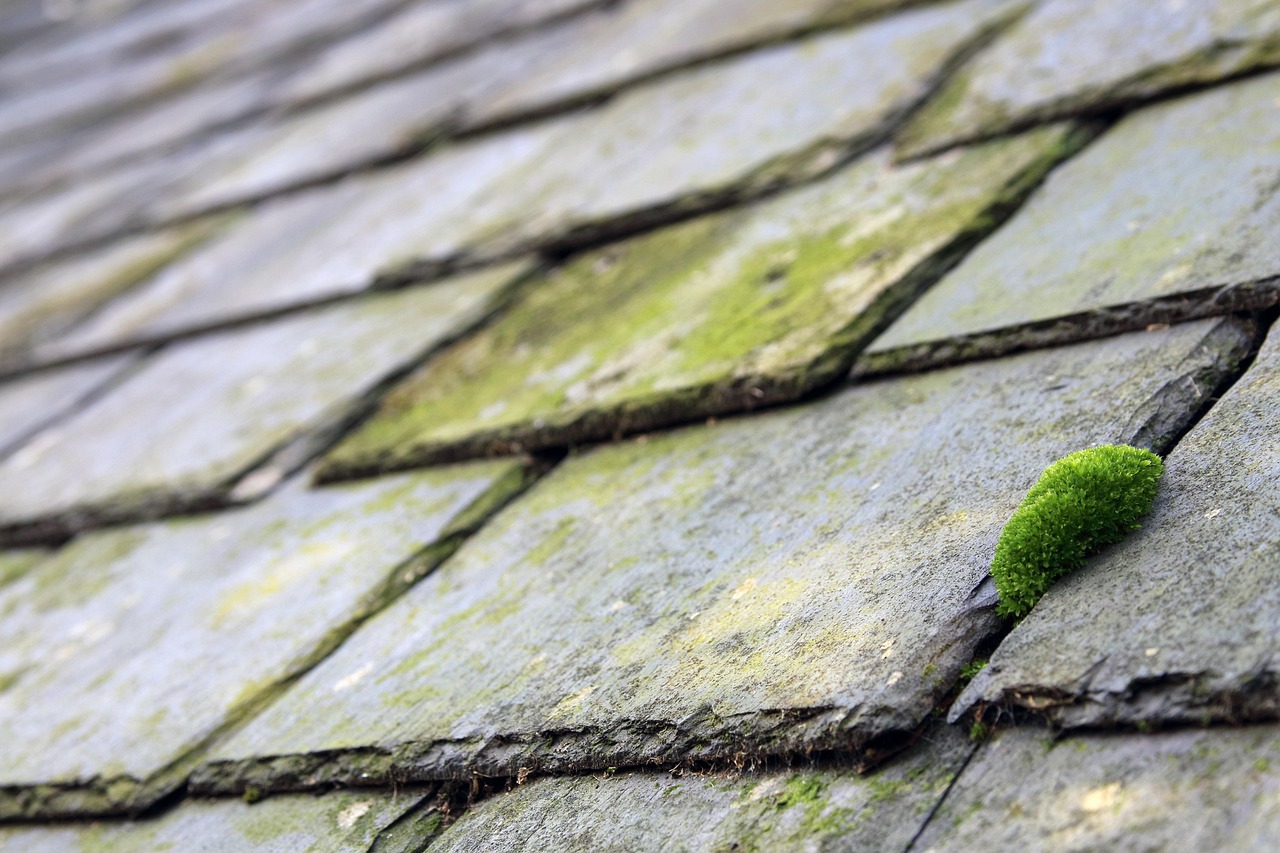The world of luxury home design continues to evolve, blending timeless elegance with contemporary innovation. Today’s homeowners seek architectural styles that not only make bold statements but also reflect their personal tastes and lifestyles. From minimalist modern designs to reimagined traditional aesthetics, the current trends in luxury architecture offer something for every discerning homeowner.
As we explore these trending styles, we’ll discover how each one brings unique character and functionality to luxury residences. Understanding these trends helps homeowners make informed decisions when embarking on their own custom home construction journey.
Modern Minimalism: The Art of Sophisticated Simplicity
Modern minimalism has transcended its status as a mere design trend to become a lifestyle philosophy embraced by luxury homeowners worldwide. This architectural style celebrates clean lines, open spaces, and the beauty of restraint. The emphasis lies not in what is added, but in what is thoughtfully excluded.
The hallmark of modern minimalist homes includes expansive glass walls that blur the boundaries between indoor and outdoor spaces, creating seamless transitions and flooding interiors with natural light. Materials like concrete, steel, and natural wood are left exposed and celebrated for their inherent beauty. The color palette remains intentionally neutral, allowing architectural elements and natural surroundings to take center stage.
Mediterranean Revival: Timeless Elegance Reimagined
Mediterranean architecture continues to captivate luxury homeowners with its romantic appeal and resort-like atmosphere. This style draws inspiration from the coastal regions of Spain, Italy, and Greece, bringing warmth and character to modern luxury estates. The contemporary interpretation of Mediterranean design maintains traditional elements while incorporating modern amenities and sustainable practices.
Key features of this architectural style include: • Terracotta or clay tile roofs with distinctive curved profiles • Stucco exteriors in warm, earthy tones • Arched doorways and windows that create visual interest • Expansive courtyards and outdoor living spaces
These homes often feature elaborate water features, from fountains to infinity pools that echo the Mediterranean Sea. Interior spaces showcase exposed wooden beams, natural stone floors, and wrought iron details that add authentic character while maintaining luxury standards.
Contemporary Farmhouse: Rural Charm Meets Urban Sophistication
The contemporary farmhouse style has emerged as one of the most sought-after architectural trends in luxury home design. This style successfully bridges the gap between rustic charm and modern luxury, creating homes that feel both welcoming and sophisticated. The appeal lies in its ability to evoke nostalgia while providing all the amenities expected in high-end residences.
Board and batten siding, metal roofing, and expansive front porches define the exterior aesthetic. Large windows, often black-framed for contrast, provide abundant natural light and showcase scenic views. The interior design philosophy emphasizes open floor plans that encourage family gathering and entertaining, while maintaining distinct zones for privacy and relaxation.
Japanese-Inspired Architecture: Zen Luxury
The influence of Japanese architecture on luxury home design reflects a growing appreciation for mindful living and connection with nature. This style emphasizes harmony, balance, and the beauty of natural materials. The result is homes that serve as tranquil retreats from the chaos of modern life.
Japanese-inspired luxury homes feature sliding panels that can transform spaces instantly, creating flexibility in how rooms are used. Natural materials like bamboo, cedar, and stone are prominently featured, while water elements and carefully designed gardens extend the living space outdoors. The principle of “ma” or negative space is carefully considered, with each element given room to breathe and be appreciated.
Industrial Chic: Urban Sophistication Refined
Industrial architecture has evolved from its warehouse origins to become a symbol of urban luxury. This style celebrates raw materials and structural elements typically hidden in traditional construction. When developing custom home construction plans, many homeowners are drawn to industrial design for its bold aesthetic and flexible spaces.
Exposed brick walls, steel beams, and concrete floors create the foundation of industrial luxury homes. These elements are softened with high-end finishes, custom lighting, and carefully curated furnishings. Floor-to-ceiling windows and double-height ceilings emphasize the sense of space and openness that defines this architectural style.
Transitional Style: The Perfect Balance
Transitional architecture represents the sweet spot between traditional and contemporary design. This style appeals to homeowners who appreciate classic architectural elements but desire the clean lines and functionality of modern design. The result is homes that feel both timeless and current.
The exterior of transitional homes often features traditional rooflines and materials like stone or brick, combined with contemporary elements such as large windows and minimal ornamentation. Inside, the design philosophy continues this balance with traditional millwork alongside modern fixtures and open floor plans that suit contemporary lifestyles.
Sustainable Luxury: Eco-Conscious Design
Sustainability has become a driving force in luxury architecture, with homeowners increasingly prioritizing environmental responsibility alongside aesthetic appeal. Green building practices and energy-efficient technologies are seamlessly integrated into high-end designs, proving that luxury and sustainability are not mutually exclusive.
Solar panels designed to complement roof aesthetics, geothermal heating and cooling systems, and rainwater harvesting systems are becoming standard features in luxury homes. Living roofs, passive solar design, and locally sourced materials reduce environmental impact while creating unique architectural statements. Smart home technology optimizes energy usage without sacrificing comfort or convenience.
Biophilic Design: Bringing Nature Indoors
Biophilic design represents a fundamental shift in how luxury homes interact with their natural surroundings. This architectural approach goes beyond simply adding plants or natural materials; it creates deep connections between inhabitants and nature through thoughtful design choices.
Living walls covered in lush vegetation serve as both art installations and air purifiers. Skylights and clerestory windows ensure natural light reaches every corner of the home. Natural ventilation systems reduce reliance on mechanical climate control while improving indoor air quality. Materials like reclaimed wood, natural stone, and living moss create tactile connections to the natural world.
Budget Considerations for Trending Styles
When planning a luxury home in any of these architectural styles, understanding the financial implications helps set realistic expectations. Custom home construction cost varies significantly based on the chosen style, materials, and level of detail. Modern minimalist homes might seem simple but often require premium materials and precise craftsmanship to achieve their clean aesthetic.
Mediterranean and contemporary farmhouse styles typically involve extensive millwork and custom details that impact the budget. Japanese-inspired and biophilic designs may require specialized materials and craftsmanship that influence overall project costs. Working with experienced professionals helps balance aesthetic goals with financial realities.
Making Your Architectural Vision a Reality
Selecting an architectural style for a luxury custom home involves more than following trends. The best choice reflects personal preferences, lifestyle needs, and the characteristics of the building site. Consider how each style would function in your climate and complement the surrounding landscape.
The key to success lies in working with design professionals who understand both the aesthetic principles and practical requirements of your chosen style. They can help adapt trending designs to create a home that feels both current and timeless, ensuring your investment remains valuable and enjoyable for years to come.
Conclusion
The trending architectural styles in luxury custom homes offer diverse options for creating exceptional living spaces. Whether drawn to the simplicity of modern minimalism, the warmth of Mediterranean design, or the innovation of sustainable architecture, today’s homeowners can find styles that perfectly express their vision of luxury living.
These architectural trends demonstrate that luxury extends beyond mere opulence to encompass thoughtful design, environmental responsibility, and personal expression. As these styles continue to evolve, they offer endless possibilities for creating homes that are not just beautiful but also meaningful reflections of their owners’ values and aspirations.














